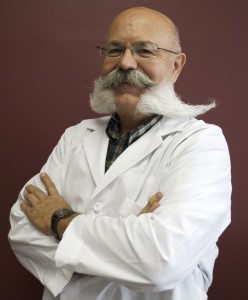 Earlier this week, Rep. Jay Inslee (D-Wash.) introduced H.R. 6554, “Domestic Fuel for Enhancing National Security Act of 2010.” Now, he has introduced “Oil Independence for a Stronger America Act of 2010” along with Mike Castle (R-Del.). This proposed legislation would create or extend a diverse array of federal programs necessary to help advanced biofuel producers secure financing for construction of first-of-a-kind projects.
Earlier this week, Rep. Jay Inslee (D-Wash.) introduced H.R. 6554, “Domestic Fuel for Enhancing National Security Act of 2010.” Now, he has introduced “Oil Independence for a Stronger America Act of 2010” along with Mike Castle (R-Del.). This proposed legislation would create or extend a diverse array of federal programs necessary to help advanced biofuel producers secure financing for construction of first-of-a-kind projects.
Rep. Inslee stated, “This legislation creates a path forward to achieve energy independence and invigorate American industries. The legislation will help redirect the billions that we send overseas to pay for our addiction to foreign oil and instead invest those dollars into homegrown biofuels and America’s transportation sector.”
Brent Erickson, executive vice president of the Biotechnology Industry Organization’s (BIO) Industrial & Environmental Section, stated, “The United States needs to produce large volumes of advanced biofuels to reduce reliance on foreign oil, enhance both our energy and national security, and jump start economic growth. More than 65 planned and operating projects in 30 states are looking to build an advanced biofuels and biobased products industry. But, even with the rapid pace of technology development and the demonstrated commitment of Congress and the Obama administration, federal policies to date have fallen short in helping the industry to secure needed capital investment in biorefineries and infrastructure.”
Erickson stressed that federal policies can provide potential investors the type of certainty they need to make a long-term investments in new cellulosic and algae-based advanced biofuel facilities and asked for the enactment of an investment tax credit similar to those given to other nascent industries.












